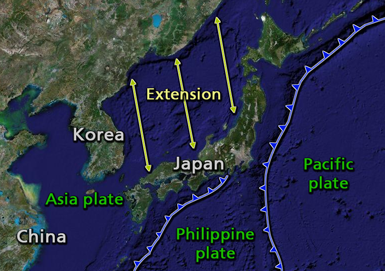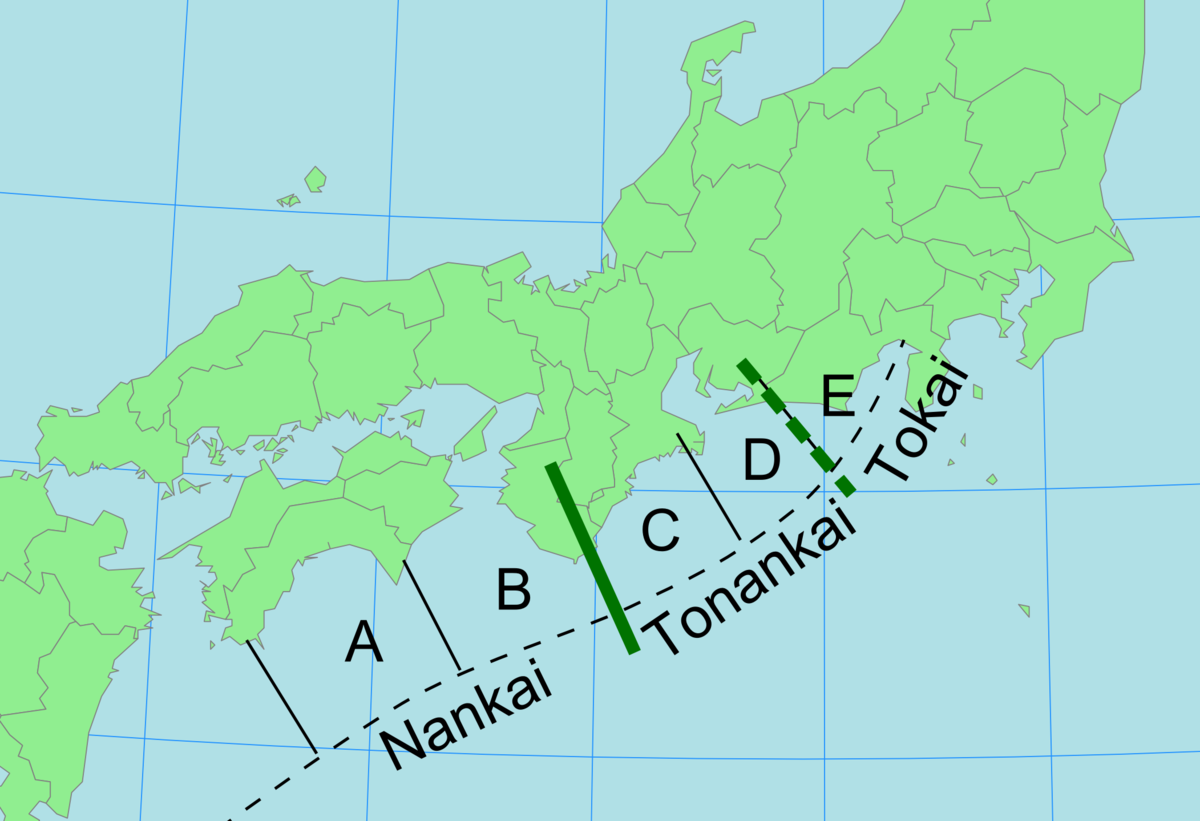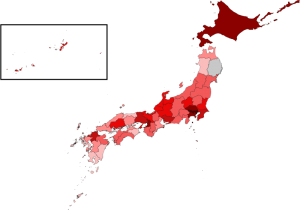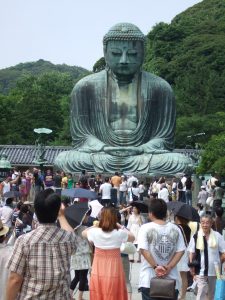Double Earthquake + COVID 19 + Mt. Fuji = pain for Japan?

| A major earthquake will hit Tokyo and beyond in the next 30 years |
| Mostly, Mount Fuji will not erupt at the same time (mostly) |
| Being prepared is the only thing you can do (see links at the end) |
Japan is always at risk from earthquakes, with the fairly recent Kumamoto and Tōhoku earthquakes making international news. The two biggest and most talked about earthquakes are the Nankai earthquake(s), which last struck in 1944 and 1946, and the Great Kantō earthquake, the most recent of which struck Tokyo directly in 1923.
Both these earthquakes are predicted to shake large areas of southern Japan at a level similar to the Tōhoku earthquake, but affecting areas far more populated.
Recent activity
There have been a few articles in the last few weeks expressing concern about a recent string of M5 earthquakes around the Kantō (Tokyo) region in recent months, plus a concentrated cluster of lower magnitude quakes nearer Tokyo harbor. The locations and depth are consistent with patterns foreboding the Nankai earthquake and possibly the Kantō earthquake.
Nankai Earthquake
You can read more about the Nankai earthquake(s) on Wikipedia, however the main takeaway is that there is predicted a 70-80% chance of a major slippage in the next 30 years. That would affect 10s of millions. The A-D sections (image below) shifting were the cause of the major earthquakes in 1944 and 1946. However, the E section, closest to Tokyo, has not moved since 1854 and is well overdue.

Mount Fuji link?
What’s even worse is there is historical evidence for the movement of section E to trigger an eruption of Mount Fuji, like has happened in 1703 (and possibly before).
The chance of that happening is remote. The the magma chamber below Mount Fuji is fairly well understood and experts on the subject believe a “priming” earthquake a few months before the major Nankai Earthquake of 1703 likely forced the magma chamber into a state that was further destabilized by the subsequent earthquake, leading to an eruption. The chance of such a “priming” earthquake are low, and it wasn’t the Tōhoku earthquake, as the scientists monitoring Mount Fuji would have noticed any changes that suggest that.
The Great Kantō earthquake
Tokyo Magnitude 8 is a fantastic Japanese Anime based around the predicted Great Kanto earthquake striking modern Tokyo. While a “megathrust” M8 earthquake is predicted every 200 years or so (the last one was 1923 – we should be OK for a little while longer), “smaller” earthquakes are more common, with a period of around 90-100 years. There is a 70% chance of a M7 earthquake hitting Tokyo before 2050. A M7 quake is a lot less powerful than a M8 (32x less powerful in fact).
Could a M7 earthquake in Tokyo, plus a M8 along the Nankai region, be the primer and trigger for a Mount Fuji eruption?
The bottom line
Are we all (those of us who live in Japan) going to die from two earthquakes, Mount Fuji ash and a COVID-19 resurgence?
It’s very unlikely. We don’t really know enough about the stresses and strains within the complex fault lines deep under Japan. While a break of both the Nankai and Kanto faults at the same time is unlikely, it does make a good headline in a blog post.
Disaster preparation
In any case, when living in Tokyo good disaster preparation is a must. This book is all you need and there is a tighter summary here. You can also read more about the safety standards for building codes here (where I took the image below from) in case you are looking to buy or rent.



